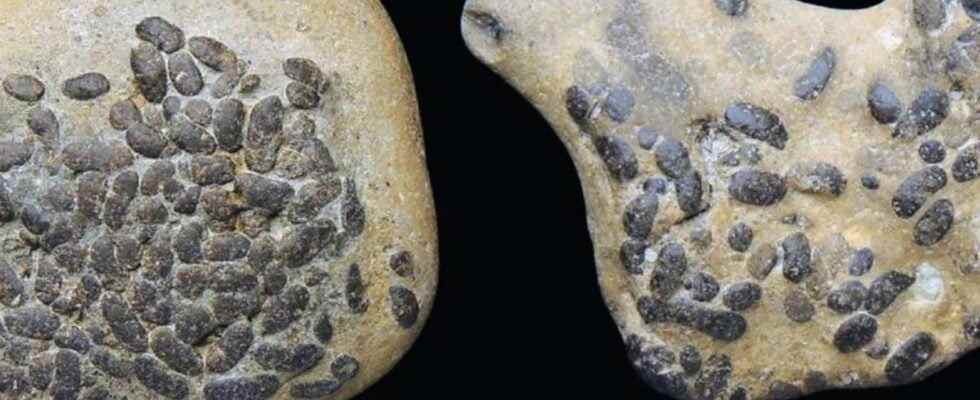In the Miocene of Maryland, mysterious organisms left traces of their meal behind. They filled a fish skull, a gastropod shell and the insides of barnacles with it.
You will also be interested
[EN VIDÉO] Interview: where to find dinosaur fossils? Disappeared 65 million years ago, the dinosaurs nevertheless left some traces in fossil form. But what are the most favorable geological conditions for their conservation and where can they be found? Futura-Sciences asked the question to Éric Buffetaut, paleontologist, during this interview.
When the term fossilization is discussed, the ideas that come to mind generally follow the following classic sequence: an isolated animal dies and is quickly covered with sediment fines such as mud or sand which isolate it from scavenging by other organizations. The matter which made up the individual is then replaced and filled in by inorganic matter. The fossils excavated today show, however, that certain specimens were victims of scavenging before their burial or that natural phenomena altered theintegrity of their organizational plan.
Some specimens were victims of scavenging before being buried
Bones and teeth are the most common items found in the fossil record, due to the resistance tissues that compose them. These are however not the only elements in the fossil register but the discoveries of exoskeletons ofarthropodsfootprintsinvertebrates vermiform and plants are rarer. Some elements even result from the fossilization of feces and are called coprolites or faecal pellets.
The Scavengers’ Secret Identity
These coprolites can result from the consumption of organic matter or be aggregates of inorganic matter from which the organic matter has been filtered. From paleontologists Americans and Italians publish a study in the Rivista Italiana di Paleontologia e Stratigrafia concerning the discovery of small faecal elements dating from the Miocene Upper (between 23.03 and 5.33 million years ago). These fossils come from the St. Marys formation, near the Calvert Cliffs located in the state of Maryland, United States. The authors describe these small fossils associated with several organisms and provide images taken with a Electronique scanning microscope. The first of their findings is that all identified faecal pellets are ellipsoid in shape and measure 0.4 to 2.0 millimeters wide and 1.0 to 5.0 millimeters long.
Pelotas have no internal structure or ornamentation and the authors assign them to the ichnospecies Coprulus oblongus. An ichnospecies is defined from the traces it leaves (burrows, holes, footprints, coprolites) but its biological identity is not known. Most faecal pellets were found in aggregated sediment, but some were associated with gastropod shells and bivalves as well as cirripedes.
These discoveries accompany that, already listed in the literature, of the neurocranium of fish Astroscope countermani filled with these little fecal balls. The individuals of C. oblongus causing these deposits probably devoured the soft tissues of the head, including the brain, of this fish after the death of the latter and left behind them the traces of their meal. The study authors also identified a coprolite almost 18 centimeters long, having probably been produced by the gavialid of the kind Thecachampsa.
Interested in what you just read?
